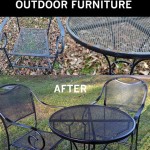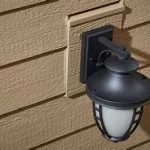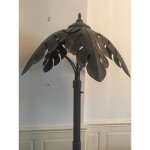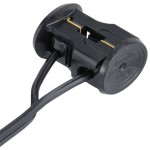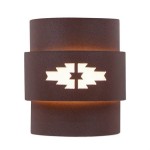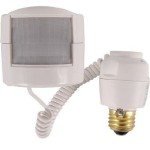Studio Lighting for Outdoor Photography: Essential Aspects
Studio lighting can transform outdoor photography, adding control, precision, and a sense of professionalism to your images. Whether you're a beginner or an experienced photographer, understanding the essentials of studio lighting for outdoor use is crucial for capturing stunning results.
1. Choosing the Right Equipment
Begin by selecting the appropriate lighting equipment for your needs. A basic setup typically includes a strobe or continuous light source, a modifier (such as a softbox or reflector), and a light stand. Consider the power of the light source, the size and shape of the modifier, and the height and stability of the stand.
2. Understanding Light Quality
The quality of light plays a significant role in the mood and atmosphere of your photographs. Natural light can vary greatly depending on the time of day, weather conditions, and surroundings. Studio lighting provides you with the ability to manipulate and control the light, creating a consistent and predictable light source.
3. Controlling Directionality
The direction of light affects the depth, texture, and mood of your images. By positioning your light source differently, you can create various effects. For instance, frontal lighting results in a flat appearance, while side lighting emphasizes texture and depth.
4. Modifying the Light
Modifiers alter the intensity, shape, and direction of light. Softboxes create a diffused and even light, while reflectors direct and focus the light. Grids can narrow the light beam, producing more controlled and precise effects.
5. Experimenting with Color
Colored gels and filters can be used to add creative effects to your lighting. Gels can transform the color temperature of your light, creating warmer or cooler tones. Filters can block or transmit specific wavelengths of light, adding depth and drama to your images.
6. Balancing with Ambient Light
When using studio lighting outdoors, it's essential to consider the ambient light conditions. Pay attention to the direction and intensity of sunlight and use your studio lights to supplement or balance the natural light.
7. Using Triggers and Remote Control
Wireless triggers or remote controls allow you to trigger your strobe or continuous lights from a distance. This provides greater freedom and flexibility in positioning and adjusting your lighting setup.
Conclusion
Mastering studio lighting for outdoor photography empowers you to create professional-grade images with enhanced control and precision. By understanding the key aspects of choosing the right equipment, controlling light quality and directionality, modifying the light, experimenting with color, balancing with ambient light, and using triggers and remote control, you can elevate your outdoor photography to new heights.

Lighting For Outdoor Photo And B H Explora

Photography Lighting Tips Create A Photo Studio Anywhere

Pin By David Casimer On Photography Ideas Lighting Setup Portrait Studio

How To Mix Ambient Light And Fill Flash For Outdoor Portraits

Lighting For Outdoor Photo And B H Explora

Applying The 3 Light Studio Setup To Outdoor Portraits

8 Invaluable Tools For Outdoor Photographers On A Sunny Day B H Explora

11 Outdoor Portrait Photography Tips For Easy Shots

Beginners Guide To Photography Lighting Techniques Pro Tips

18 Types Of Photography Lighting Equipment You Need To Know
Related Posts
